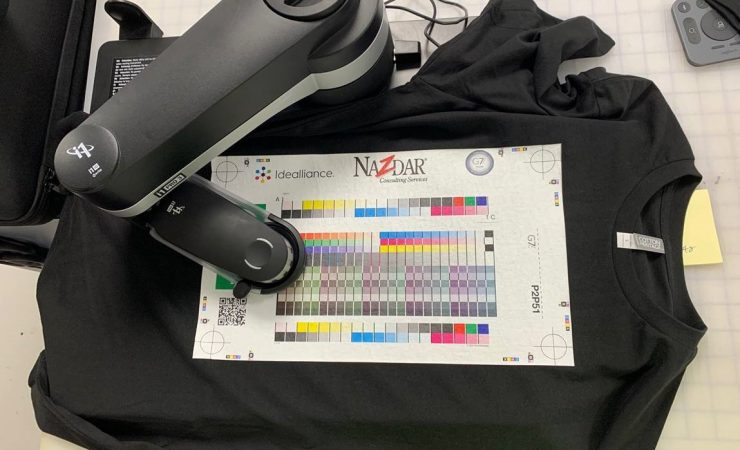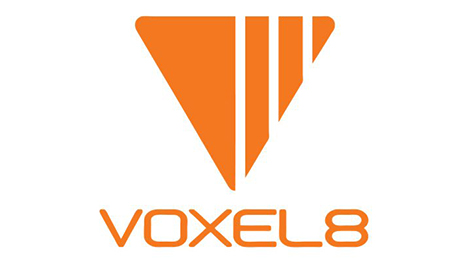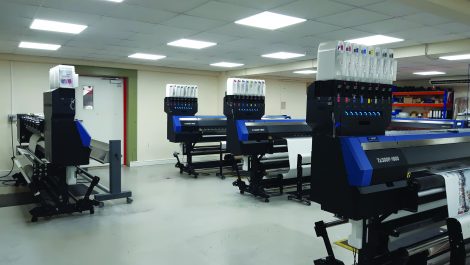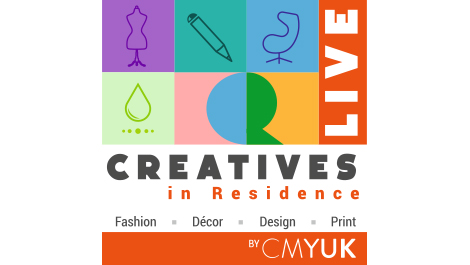Nazdar Ink Technologies has confirmed that its technical service group has qualified the first direct-to-garment (DTG) printed T-Shirt in IDEAlliance’s G7 methodology of colour control for grey balance.
G7 is the colour control methodology that achieves colour similarity across all print processes. The method balances the four primary process printing colours, CMYK and their three overprints RGB (the 7 in G7) to achieve neutral grey (the G in G7) in a raster image.
The methodology was created in 2006 by Don Hutcheson and in 2008 Nazdar Consulting Services introduced it to the screen and wide-format inkjet printing processes, saying it was the best way to achieve a common appearance in images when printed on different substrates using different printing processes.
Bruce Ridge, director technical services at Nazdar, explained, ‘The G7 methodology is not a print specification as it does not prescribe how to achieve a result, just the result, which in this case is neutral grey balance in the quarter to three quarter tonal areas of an image and a shared neutral appearance. There are two other levels of G7 conformity that can be achieved, Targeted and Colourspace.
‘The focus on the grey balance in the quarter to three quarter tonal areas allows flexibility in substrate and ink deviations. This is critical to the screen and ink jet printing processes where the substrate white point can vary tremendously, and the ink hues may vary from the traditional hue targets originally set by offset inks.’
IDEAlliance has established a worldwide network of G7 Master Qualified Printing Facilities for the benefit of brand owners and print buyers that want to get printing done in multiple facilities in different geographic locations that yield printing with a common appearance, print consistency, and efficiency. These are the G7 Master Printing Facilities. There are 17 different areas of qualification for G7 printing, with DTG being the latest.
Mr Ridge concluded, ‘The DTG process of inkjet printing directly to T-Shirts brings this area of printing in line with all the other processes that reproduce full colour images using subtractive colour inks. The work at Nazdar demonstrates that three different DTG printers can all achieve a G7 qualified print.’





